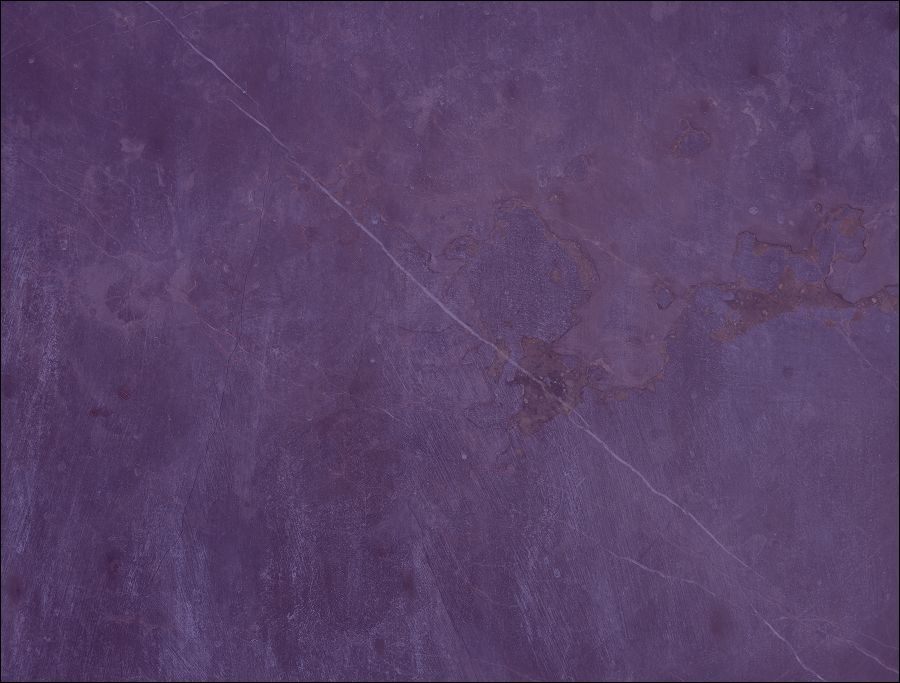Mole Mapping


Mole mapping is a crucial surveillance program designed for those at high risk of malignant melanoma. This comprehensive procedure includes a clinical skin examination and dermoscopy to identify and evaluate suspicious lesions, aiming to diagnose melanoma at its earliest stage by tracking new moles or changes in existing ones.

Mole mapping involves a thorough skin examination using dermoscopy to capture detailed images of moles. Furthermore, this process helps in identifying new moles and monitoring changes in pre-existing ones. If any mole appears suspicious, it may be biopsied and examined histologically to confirm if it is cancerous.
During a mole mapping session, our dermatologist will examine your skin and use a dermatoscope to take close-up images of your moles. The session is detailed and thorough, typically lasting about an hour. If a mole looks suspicious, we will discuss the need for a biopsy. Detailed reports from the session will be compiled and sent to you within 4-6 weeks.


Mole mapping enables the early detection of melanoma and other skin cancers, which is critical for successful treatment. By monitoring your moles over time, changes will be identified and addressed promptly, reducing the risk of advanced melanoma and minimising the extent of necessary surgery.




Laser treatment for spots targets hyperpigmentation such as sunspots, age spots, or liver spots. It minimises discomfort and downtime compared to traditional treatments while offering long-lasting results.
Mole removal can be done for both medical and aesthetic reasons. The procedure leaves minimal scarring and can boost confidence by eliminating unwanted moles.
Freckles are small, flat spots on the skin that can vary in colour from red to brown. At Avané Clinic in Nairobi, we offer advanced treatments designed to help fade freckles and improve skin tone.